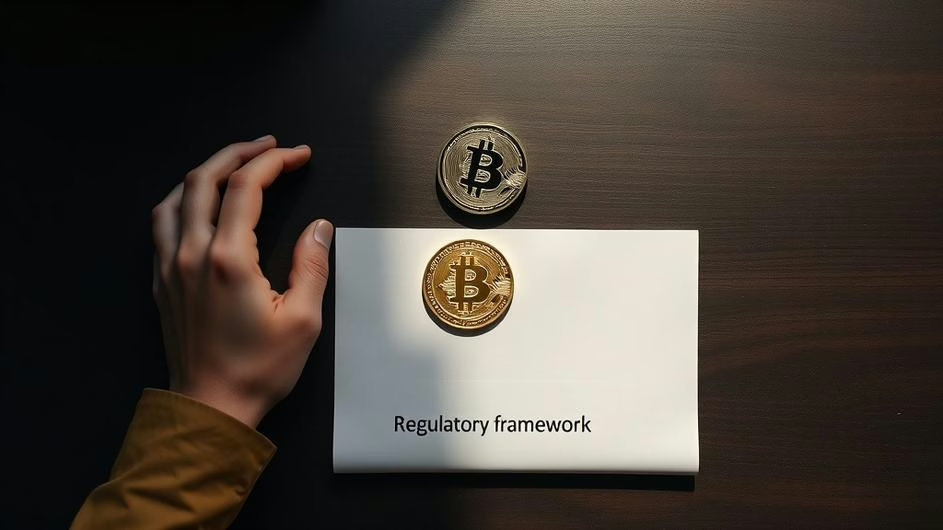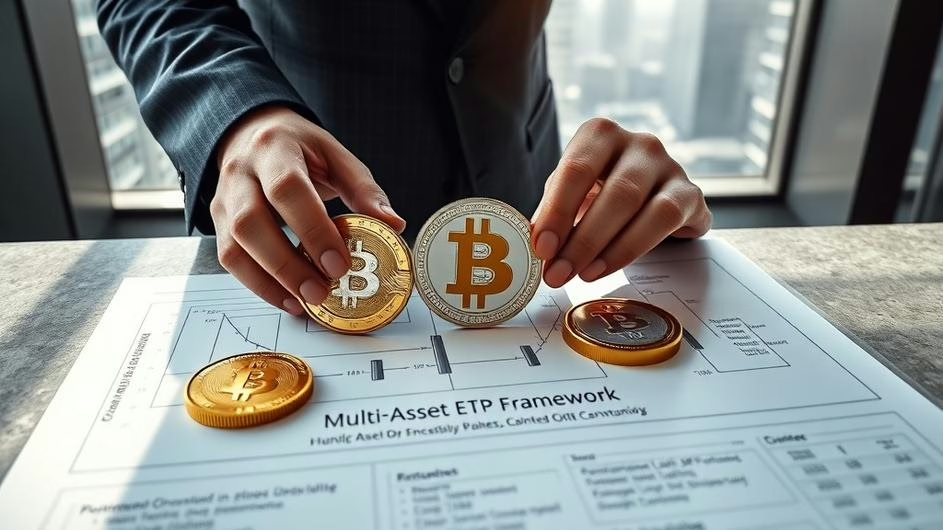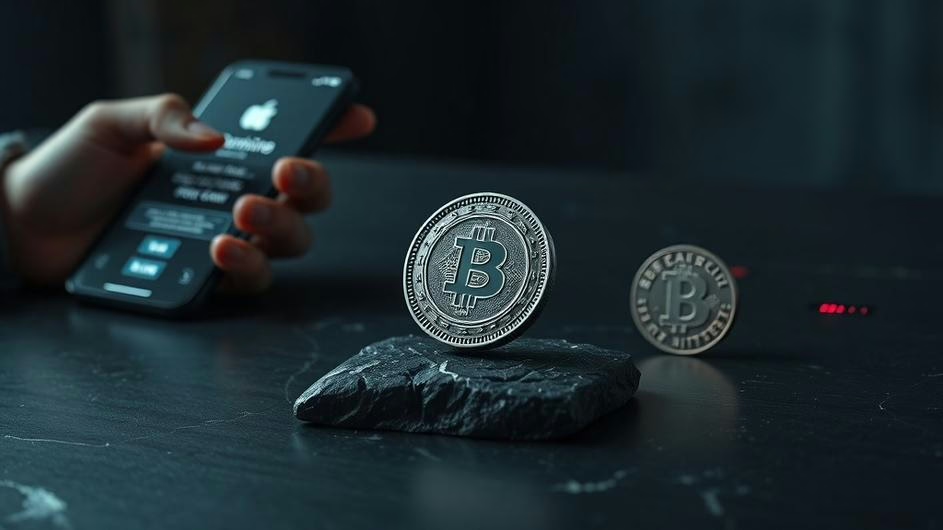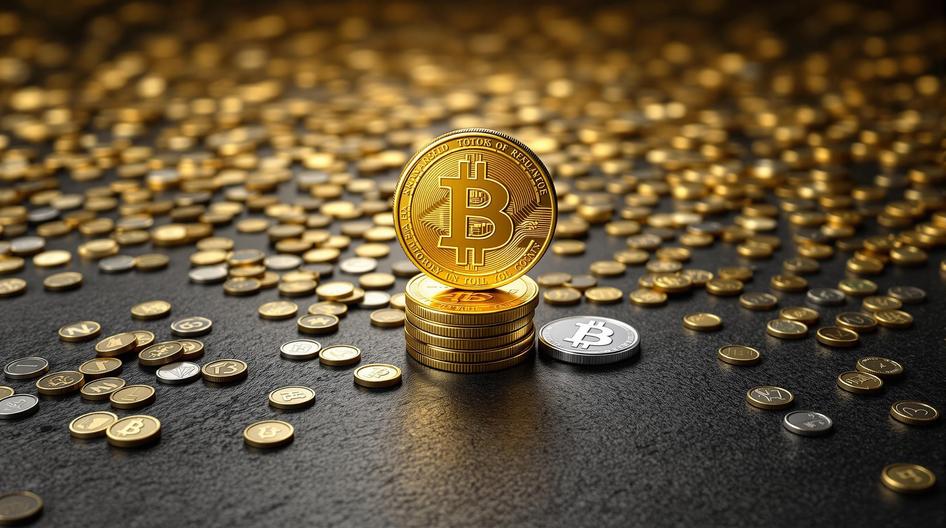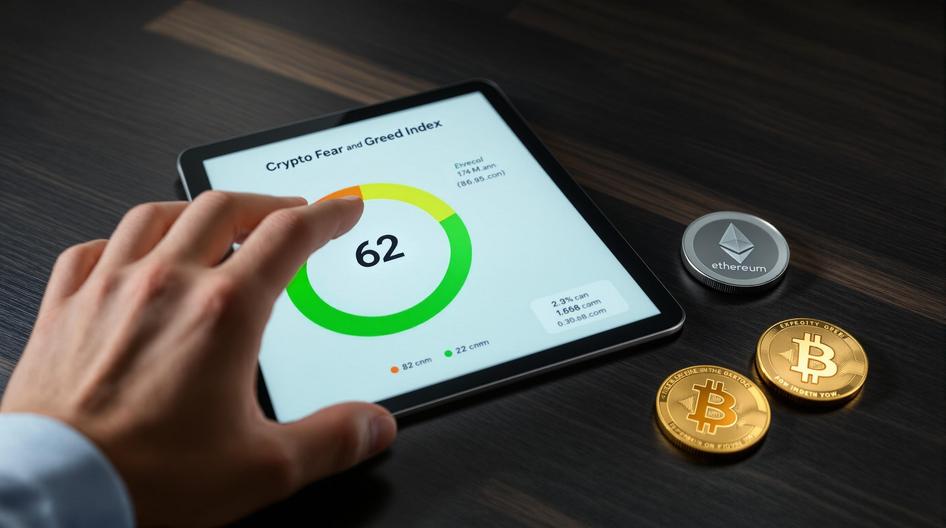
Bitcoin and the Evolution of Decentralized Money: Charting the Path Forward
Let’s be honest, Bitcoin is more than just “internet money.” It’s a fundamental rethinking of trust, value, and control. Born from a quiet corner of the internet, it has grown into a global force that’s making banks nervous and developers excited. If you’re an investor, builder, or just curious about where the world is heading, understanding Bitcoin isn’t optional. It’s the key to grasping the future of decentralized tech and the broader Web3 movement.
What is Bitcoin at its Core?
So, what’s really under the hood? At its heart, Bitcoin is an open-source P2P money system. Back in 2008, the mysterious Satoshi Nakamoto released a whitepaper outlining a payment network that didn’t need a bank or central authority to function. That idea of decentralization is everything. Instead of one company controlling the ledger, a global network of computers works together to maintain and secure a public record called the blockchain. It’s a system designed to be independent and censorship-resistant, a core principle detailed in the original Bitcoin: A Peer-to-Peer Electronic Cash System paper.
The Blockchain: A Ledger Everyone Can Trust
The blockchain is the magic that makes it all work. Think of it as a digital receipt book that’s public, transparent, and almost impossible to tamper with. It’s a growing chain of blocks, where each block contains a list of verified transactions. This structure creates a shared consensus on who owns what, effectively killing the double-spend problem without needing a middleman. It’s a system built on cryptographic proof, not on trusting a corporation. For a deep dive, communities on Reddit offer endless discussions and resources on how this technology operates in the wild.
Mining, Halving, and The Energy Debate
But how do new transactions get added? That’s where miners come in. They use powerful computers to solve complex math puzzles in a process called proof-of-work. The winner gets to add the next block to the chain and is rewarded with newly created bitcoin. This process not only secures the network but also controls the supply of new coins in a predictable way, tied to the famous Bitcoin halving cycles. Of course, this work is energy-intensive, and that’s sparked a huge debate. Is it worth the cost? The conversation is pushing innovation toward greener solutions and more efficient tech, a challenge the whole industry is tackling.

You’re in Control: Keys, Wallets, and Self-Custody
Bitcoin’s biggest promise is financial sovereignty. You truly own your funds. This is managed through a pair of cryptographic keys: a public key for receiving funds and a private key for sending them. Your private key is your password, and it gives you total control. Crypto wallets are the apps that manage these keys, and they come in all shapes and sizes, from simple mobile apps to ultra-secure hardware devices. It all comes back to a core principle in the crypto world: “not your keys, not your coins.” You don’t have to rely on a third-party custodian who could get hacked or go bankrupt.
More Than Money: Paving the Way for DeFi and Web3
While Bitcoin excels as a store of value, often called “digital gold,” its impact goes way beyond that. It was the proof-of-concept for decentralized finance (DeFi). By proving that you could have a secure, trustless system, Bitcoin opened the floodgates for innovations like smart contracts, decentralized exchanges, and DAOs, mostly built on other platforms like Ethereum that it inspired. For developers, Bitcoin’s immutable ledger offers a foundation for everything from identity verification to tokenizing real-world assets. It’s the groundwork for the entire Web3 ecosystem, a user-owned internet where control is distributed.
Getting Onboard: Adoption and The Investor’s View
Getting into Bitcoin used to be a niche, tech-heavy process. Not anymore. Platforms like Coinbase have made buying, selling, and holding Bitcoin incredibly simple, opening the doors for millions. For traders and investors, Bitcoin has carved out a unique role. Is it a currency, a commodity, or a tech stock? It’s a bit of all three. Its fixed supply of 21 million coins, a fact well-documented on platforms like Wikipedia, makes it an attractive hedge against inflation for many, especially when central banks are printing money. This tokenomics model is a core part of its value proposition.
Navigating the Hurdles: Regulation and Scalability
It hasn’t all been smooth sailing. As Bitcoin has grown, so have the challenges. Regulators worldwide are still figuring out what to do with it. How do you balance innovation with consumer protection? Questions around taxation, security, and its use in illicit activities are constantly being debated. For policymakers, it’s a tightrope walk. Then there’s the scalability issue. The main Bitcoin blockchain can only handle so many transactions per second. This has led to the development of Layer 2 solutions like the Lightning Network, designed to make smaller, everyday payments faster and cheaper. Can these innovations help Bitcoin scale for global use?
What’s Next? Bitcoin’s Enduring Legacy
Bitcoin’s journey is far from over. Its influence is a launchpad for the next wave of tech, including AI-enhanced blockchain security and new forms of digital identity. It forced us to ask big questions about what money is and who should control it. The technology it pioneered is now being explored for everything from supply chain management to voting systems. The original peer-to-peer electronic cash system has become a catalyst for a much broader movement.
So, Bitcoin isn’t just a line on a trading chart. It’s the blueprint for a more open financial system. It gives individuals control over their own assets and challenges the status quo of traditional finance. As we navigate the road ahead, full of both volatility and opportunity, one thing is clear: Bitcoin started a conversation that’s reshaping our digital world, and it’s here to stay.











